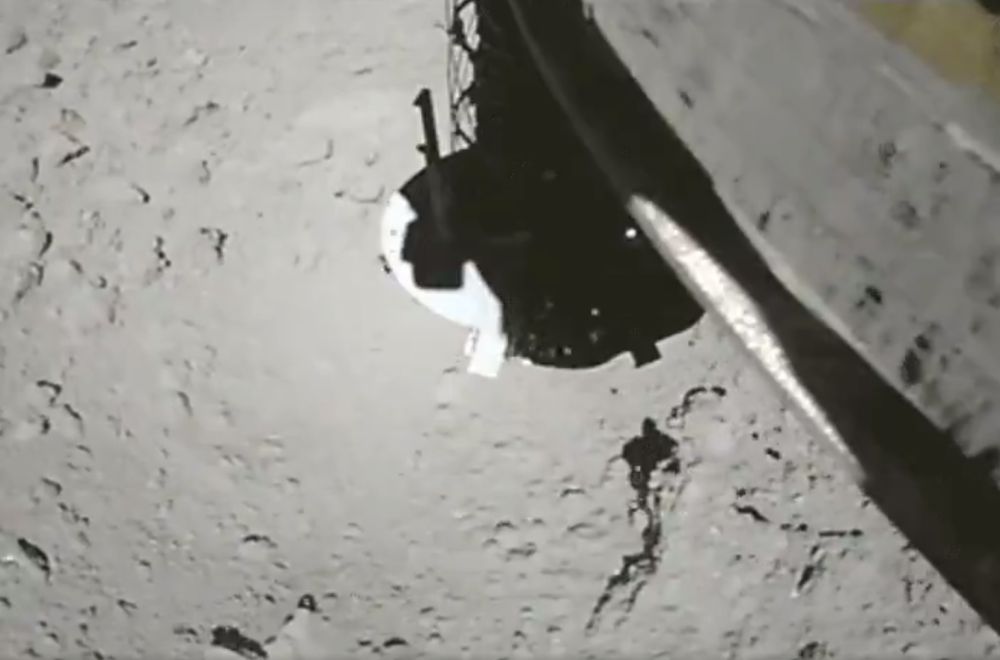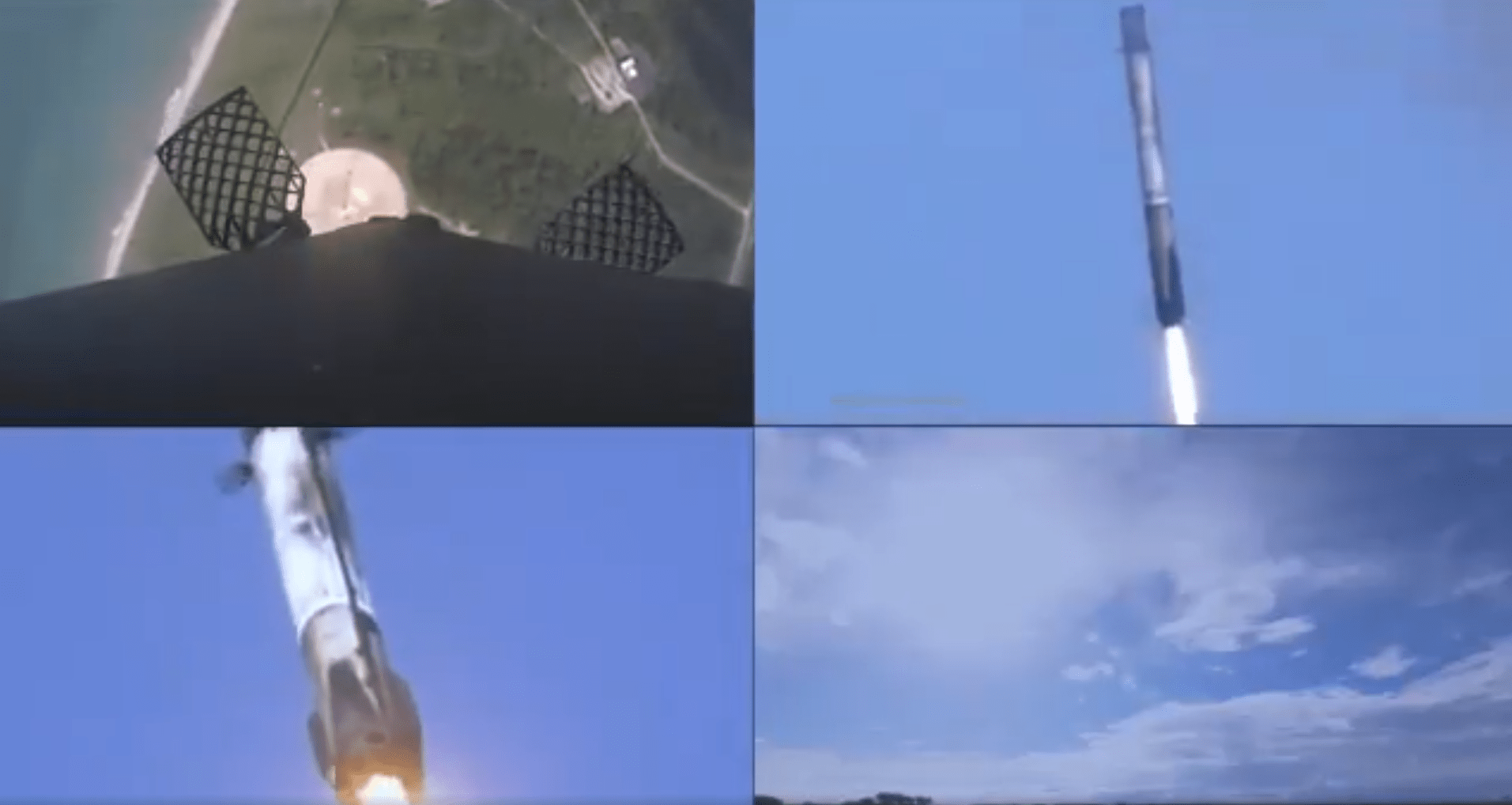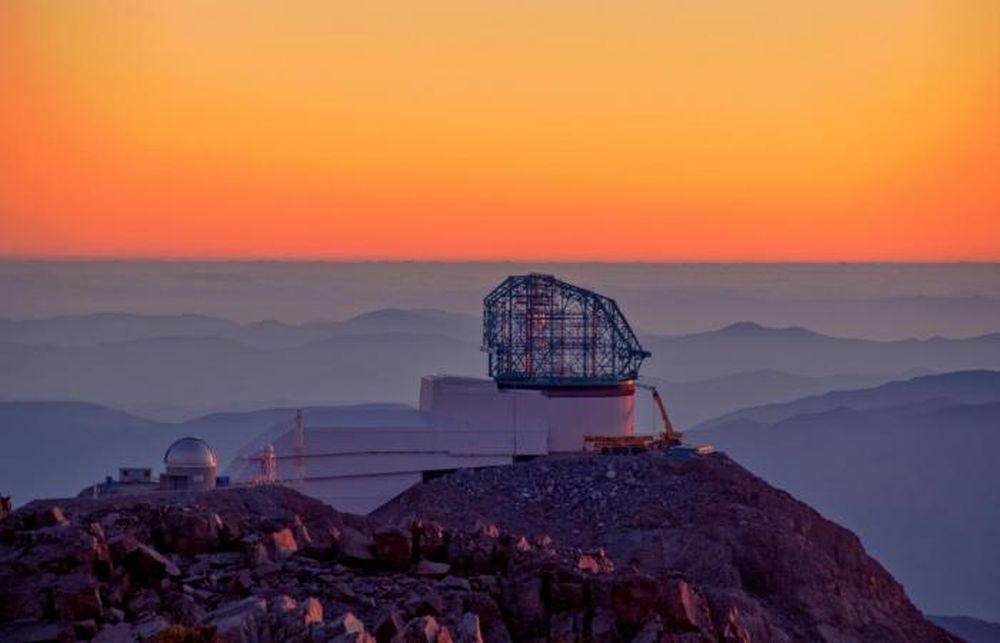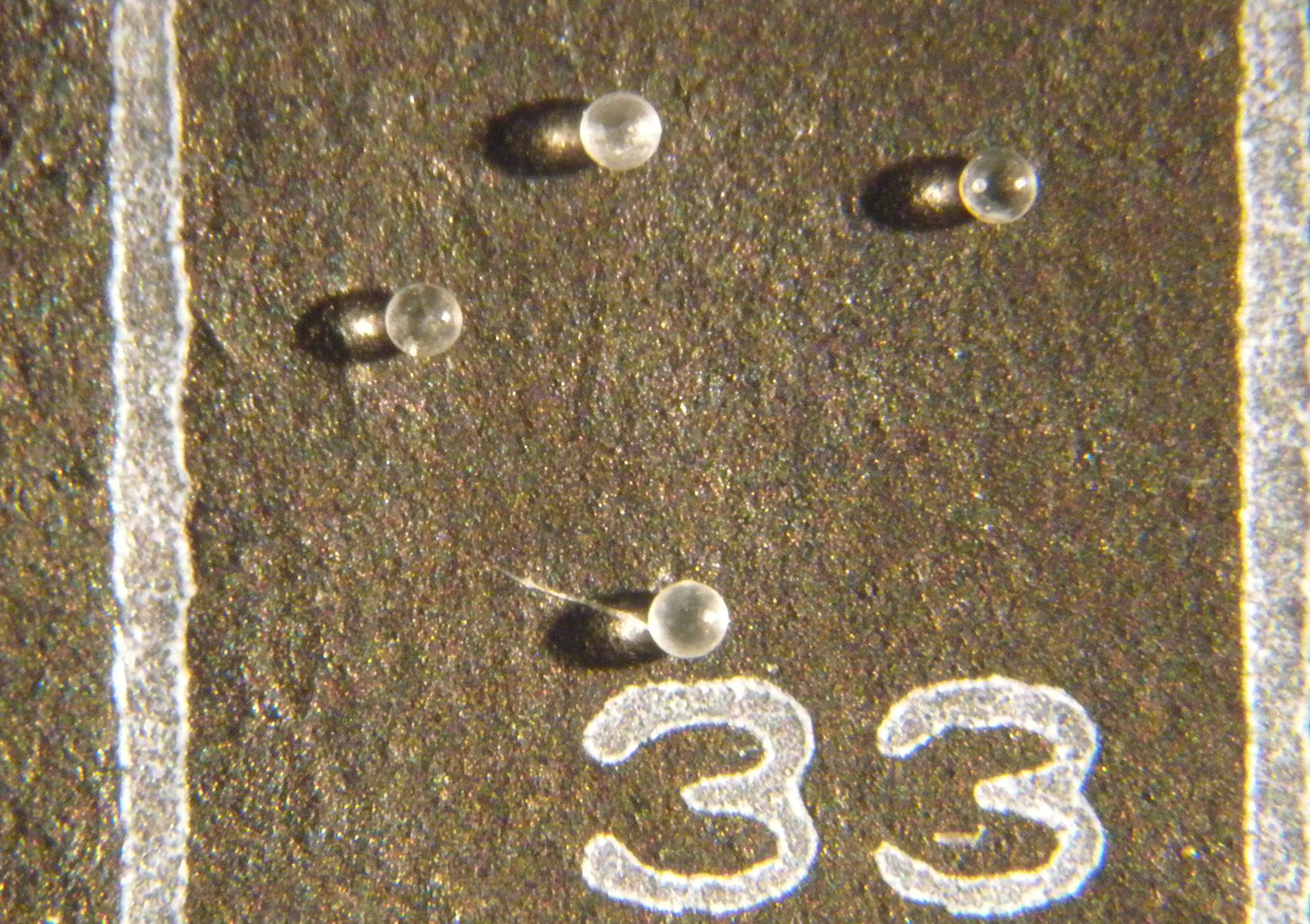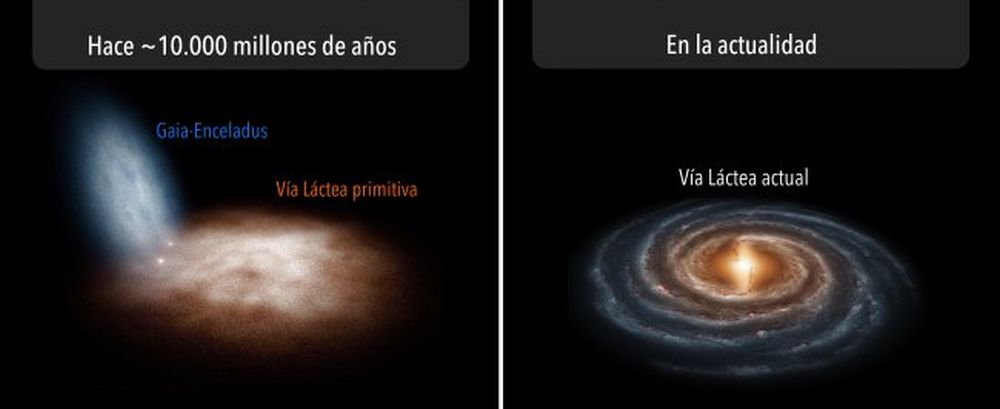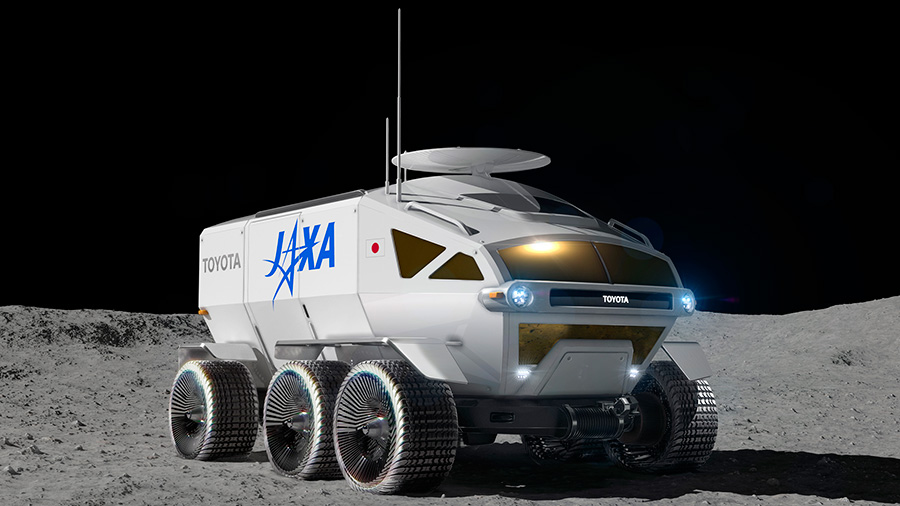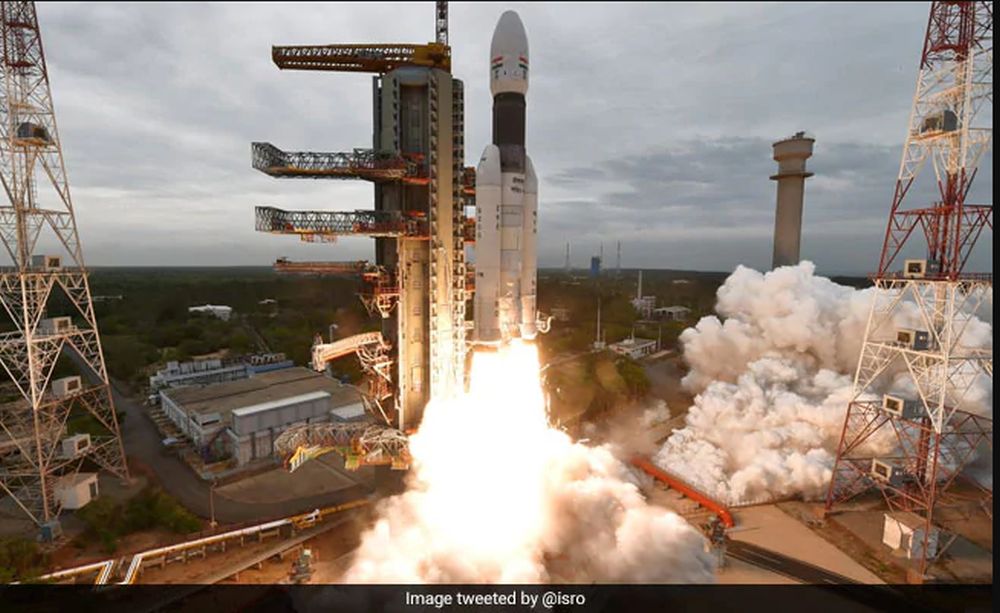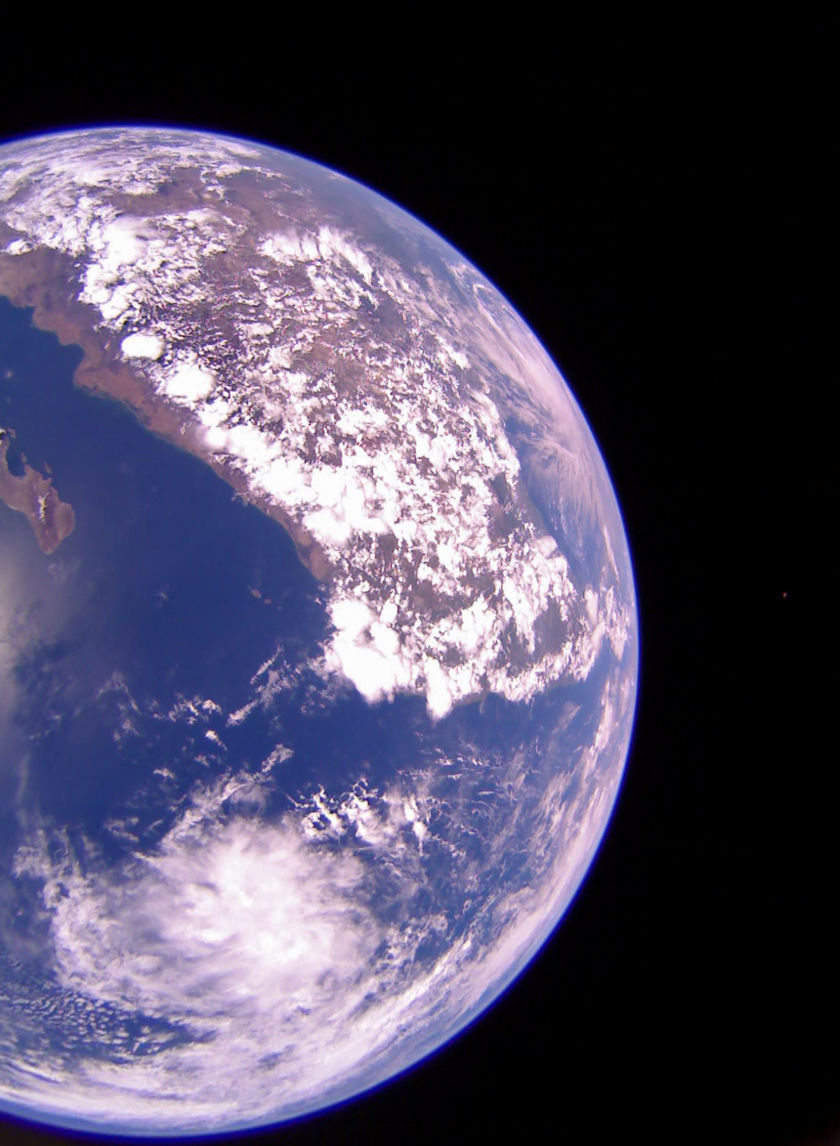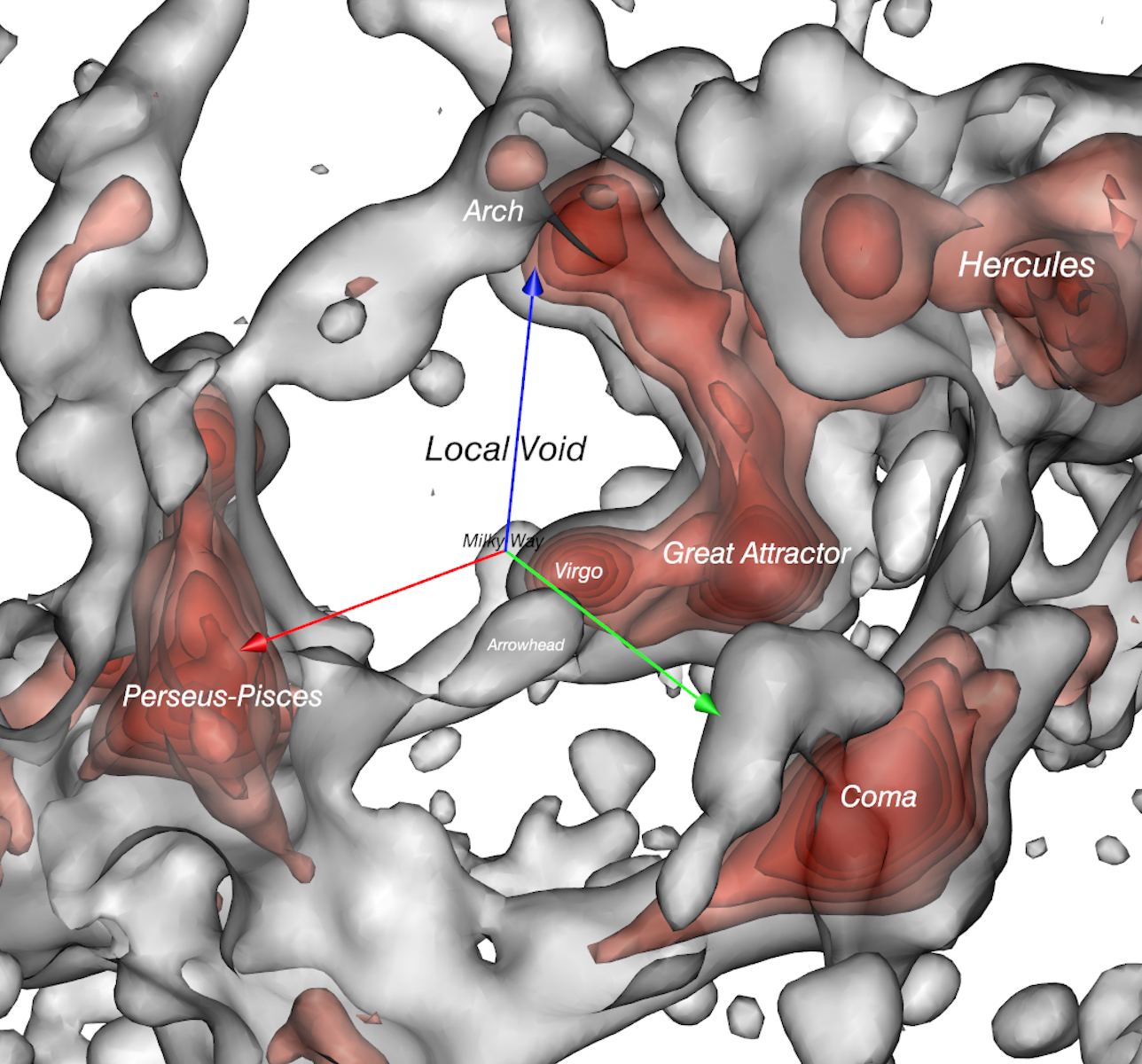The most comprehensive and widely-held theory of how the Moon formed is called the ‘giant impact hypothesis.’ That hypothesis shows that about 150 million years after the Solar System formed, a roughly Mars-sized planet named Theia collided with Earth. Though the timeline is hotly-debated in the scientific community, we know that this collision melted Theia and some of Earth, and that molten rock orbited around Earth until it coalesced into the Moon.
But now a new study, though not contradicting the giant impact hypothesis, is suggesting a different timeline, and an older Moon.
Continue reading “The Moon is Older Than Scientists Thought”

